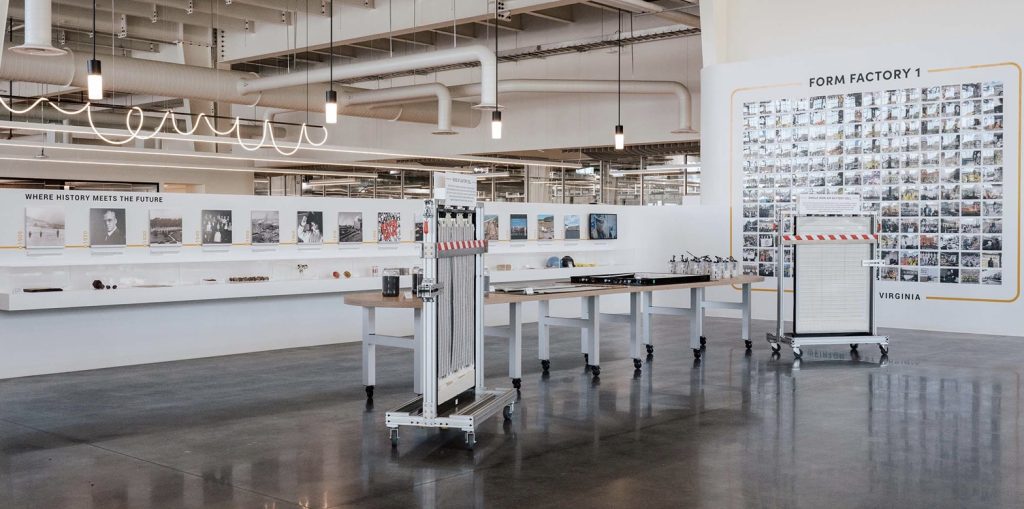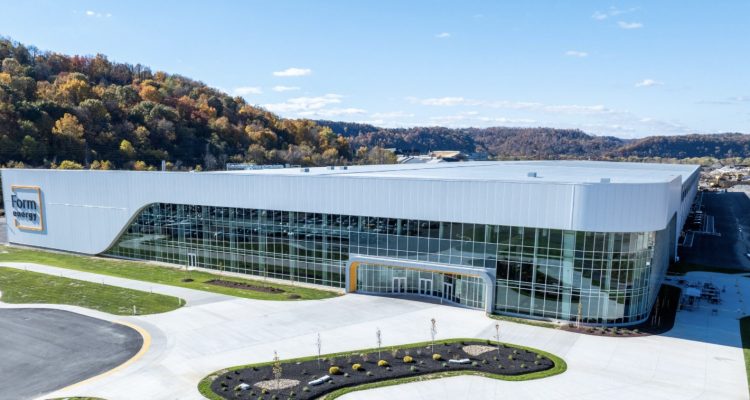At the heart of West Virginia’s industrial heritage lies a story of innovation, powered by the twin forces of river and rail. From the early days of steamboats and railroads to the towering steel mills that once dotted the landscape, the state has long been a key player in the economic engine of the United States. Today, that story is finding new life as Form Energy, a cutting-edge battery technology company, establishes its first commercial manufacturing facility in Weirton, transforming a former steel mill site into a beacon of clean energy innovation.
A River of Progress
West Virginia’s history has been shaped by its geographic advantages. Nestled along the Ohio River and at the intersection of key rail lines, towns like Weirton were once bustling centers of steel production, where barges carried coal and raw materials, and trains whisked finished products to markets across the country. Wheeling, a historic city on the Ohio River, was even known as a major hub for steamboats in the 19th century. The Ohio River, in particular, has long been a critical artery for trade and transport, particularly for the region’s steel mills, which depended on barges to transport raw materials like iron ore and coal.
Same Infrastructure, New Innovation

Now, Form Energy is breathing new life into this industrial framework. The company’s choice of the former Weirton Steel site isn’t just about available space—it’s about leveraging the same powerful combination of transportation infrastructure that made the region’s steel industry flourish.
In the early 20th century, the Ohio River and the surrounding rail lines helped Weirton become a major player in steel production. These waterways served as vital trade routes for goods to be shipped and delivered. Today, Form Energy stands ready to continue this legacy, using these same transportation corridors to receive iron ore and process it into their revolutionary iron-air batteries, designed to store renewable energy for days at a time.
These batteries, using iron as the core material, are part of a bold new vision for energy storage, offering a more sustainable solution to the intermittency problems that come with renewable energy sources like wind and solar. Form Energy’s innovative approach mirrors the industrial ingenuity that was once used to build bridges, railroads, and steel mills in the region.
Building on the Past, Powering the Future

The symmetry is striking: West Virginia’s steel workers once transformed iron into the backbone of American infrastructure. Today, Form Energy will transform iron into the backbone of America’s clean energy future. The company’s iron-air batteries represent a full-circle moment, using one of the region’s traditional raw materials in an innovative way to address modern energy challenges.
West Virginia’s infrastructure legacy goes beyond steel and railroads. In the early 1800s, steamboats, like the “Washington” launched in Wheeling in 1816, symbolized the region’s role in advancing transportation and industrial technology. The confluence of the Ohio River with key rail lines was vital to the spread of the nation’s industrial heartland. Just as those early innovations carried people, goods, and raw materials up and down the rivers, Form Energy’s use of the same waterway and rail transport will fuel the clean energy revolution.
Economic Revival
Form Energy’s investment promises to create hundreds of new manufacturing jobs, echoing the industrial employment that once defined the region. These positions will combine traditional manufacturing skills with new clean energy technology, bridging West Virginia’s past and future. The region’s workforce has deep roots in industries like steel, coal, and manufacturing, and now, this expertise will be adapted to the clean energy sector.
“This isn’t just about adaptive reuse of an industrial site—it’s about adapting generations of manufacturing expertise to meet the challenges of tomorrow.” – Mateo Jaramillo, CEO of Form Energy.
This transition reflects the resilient spirit of the region’s workers and entrepreneurs, who have adapted throughout history. The steel mills, once powered by coal and iron, now make way for renewable technologies powered by the same raw materials, albeit in a more sustainable form.
Renewing West Virginia’s Industrial Legacy
As West Virginia writes its next chapter, Form Energy’s arrival demonstrates how the state’s industrial legacy can evolve to meet new challenges while maintaining its core identity as a center of American manufacturing innovation. The rails and rivers that once carried the raw materials of the Industrial Revolution are now helping to fuel the clean energy revolution, proving that West Virginia’s industrial infrastructure remains as valuable as ever—just in a different way.
The state is at the precipice of a new industrial revolution, one that will be powered not by coal and steel but by renewable energy technologies and advanced manufacturing techniques. The future is not simply about preserving the past; it’s about evolving with it—harnessing the ingenuity of the region’s workers, the same ones who built America’s steel industry, to now build the sustainable future of the clean energy sector.



